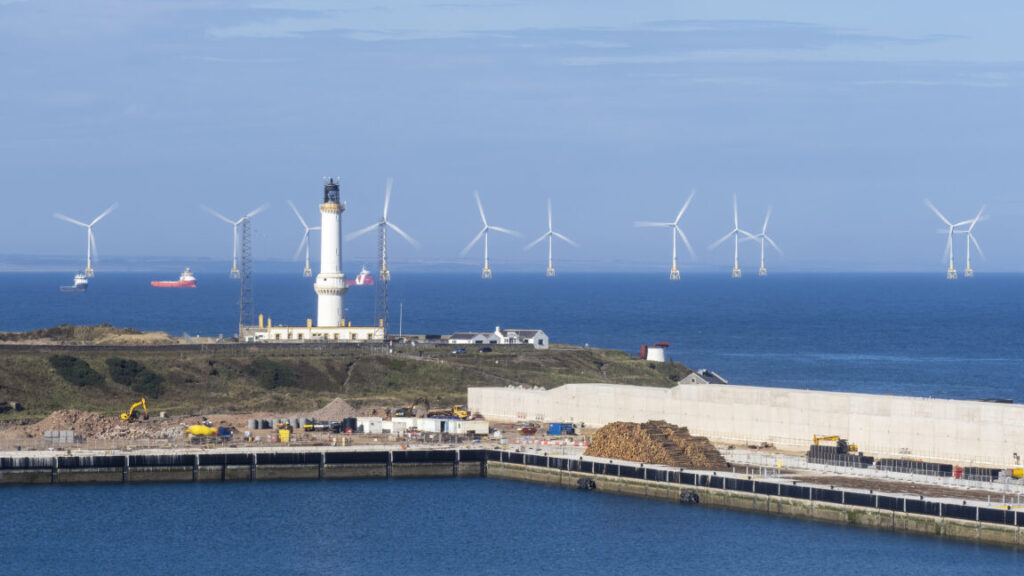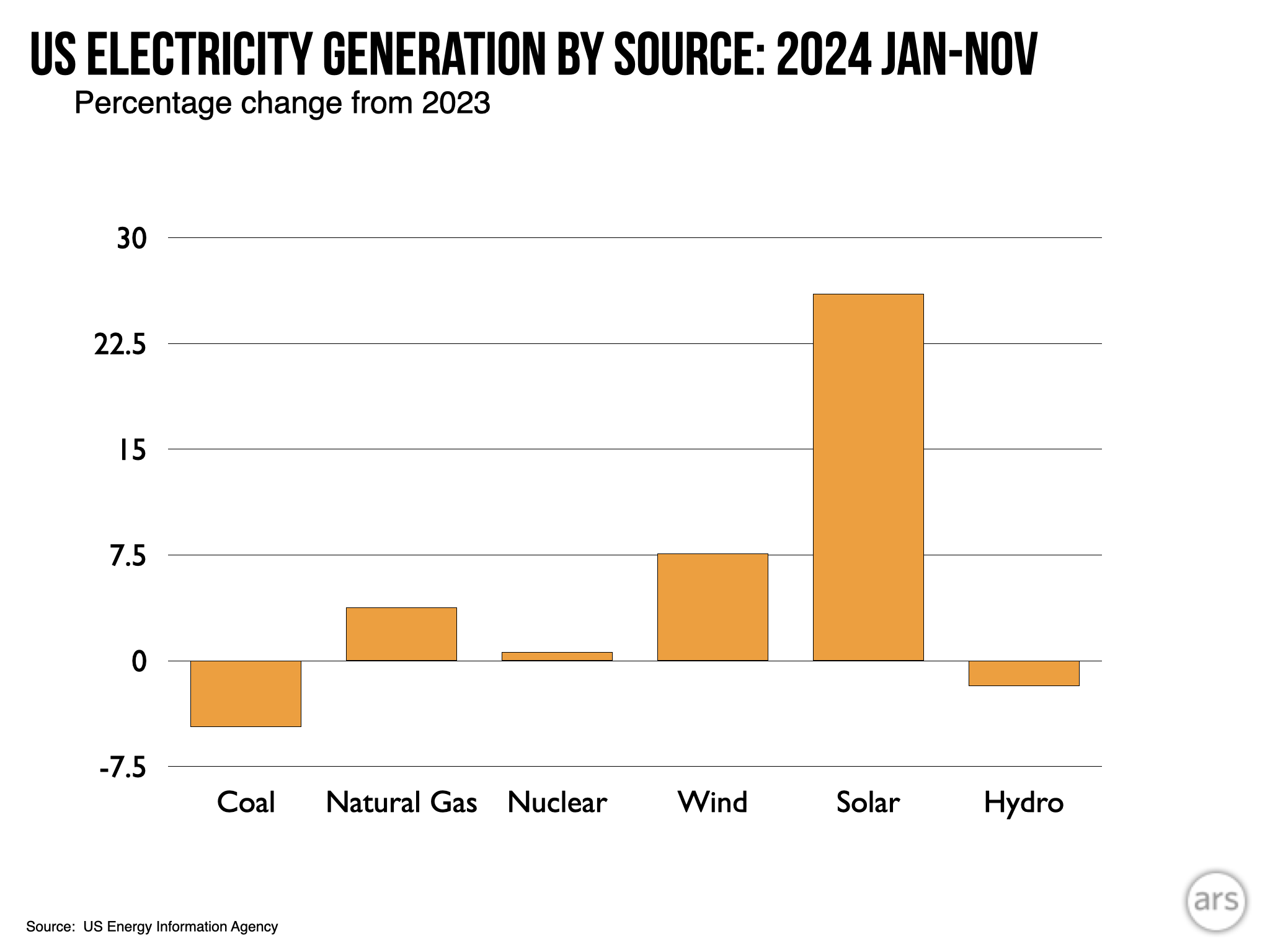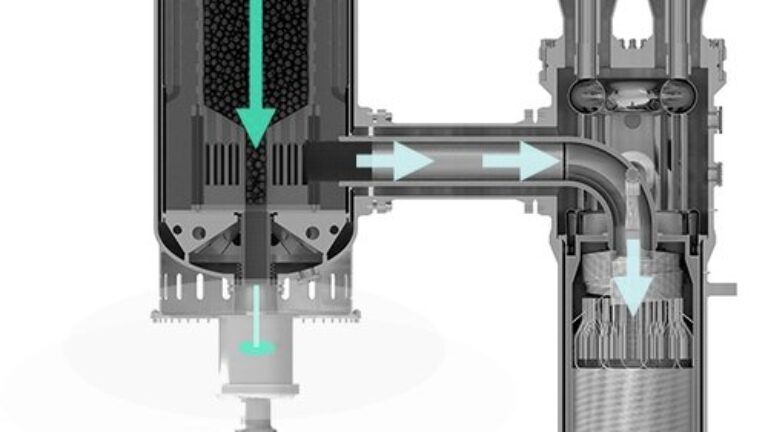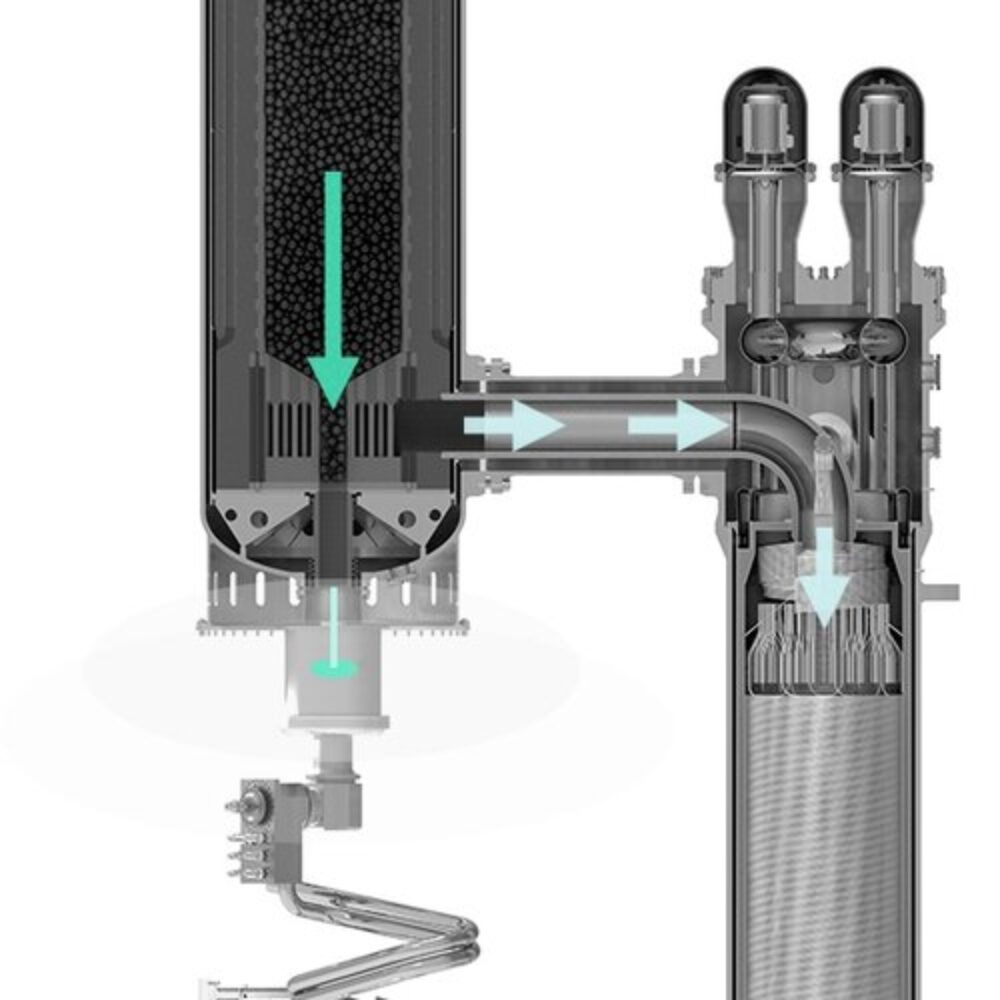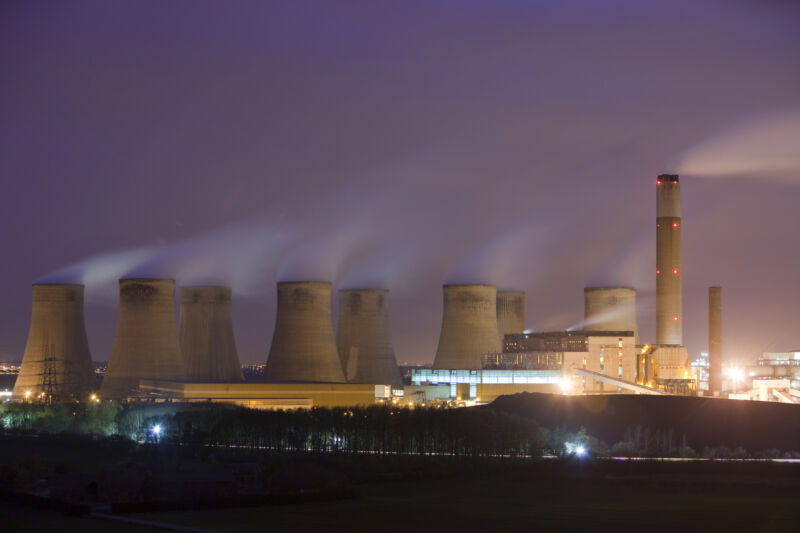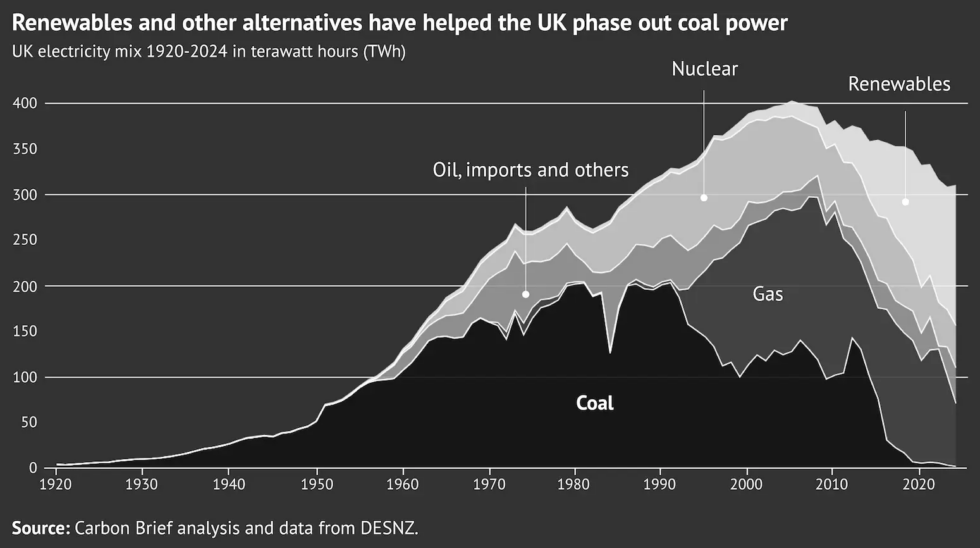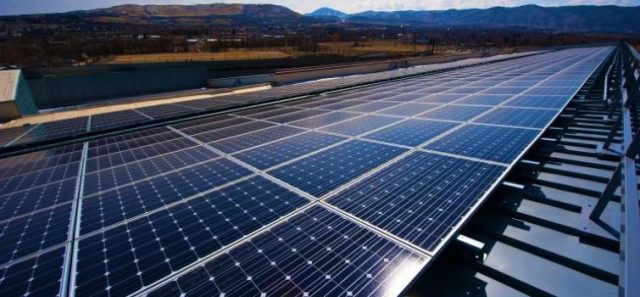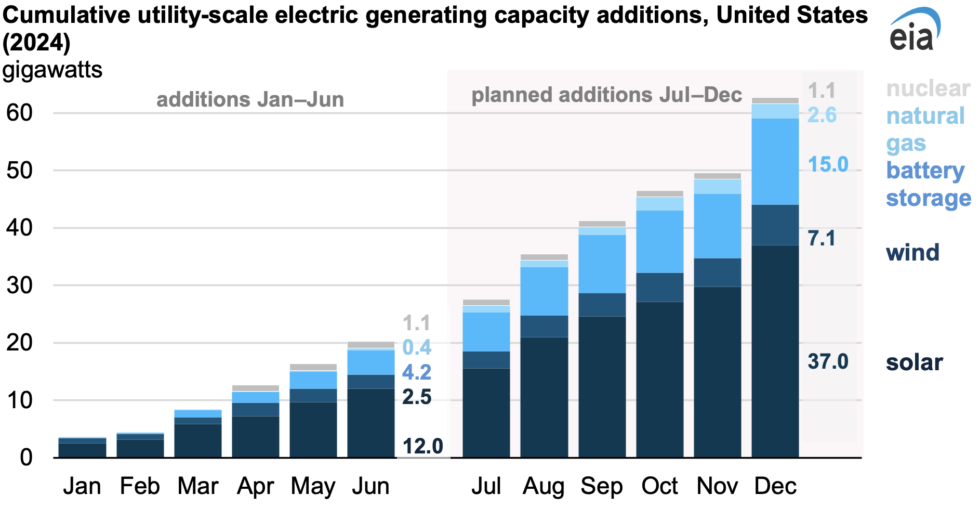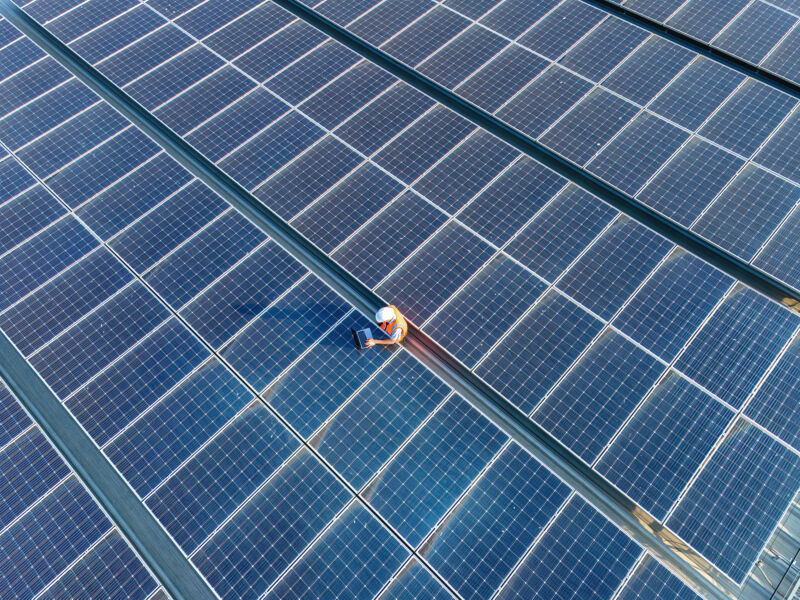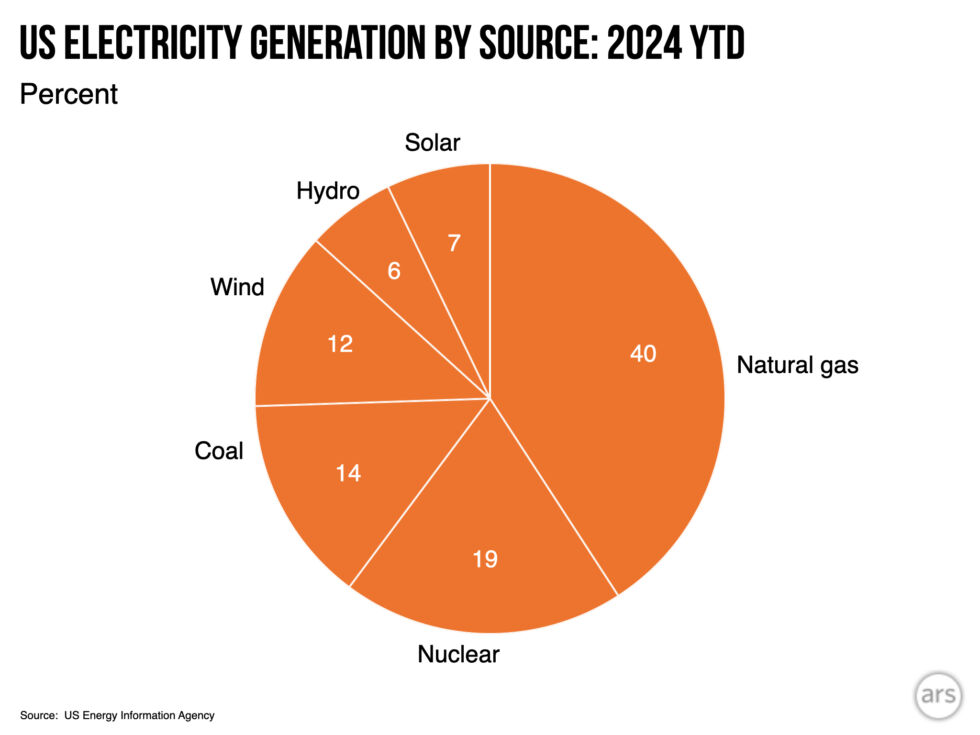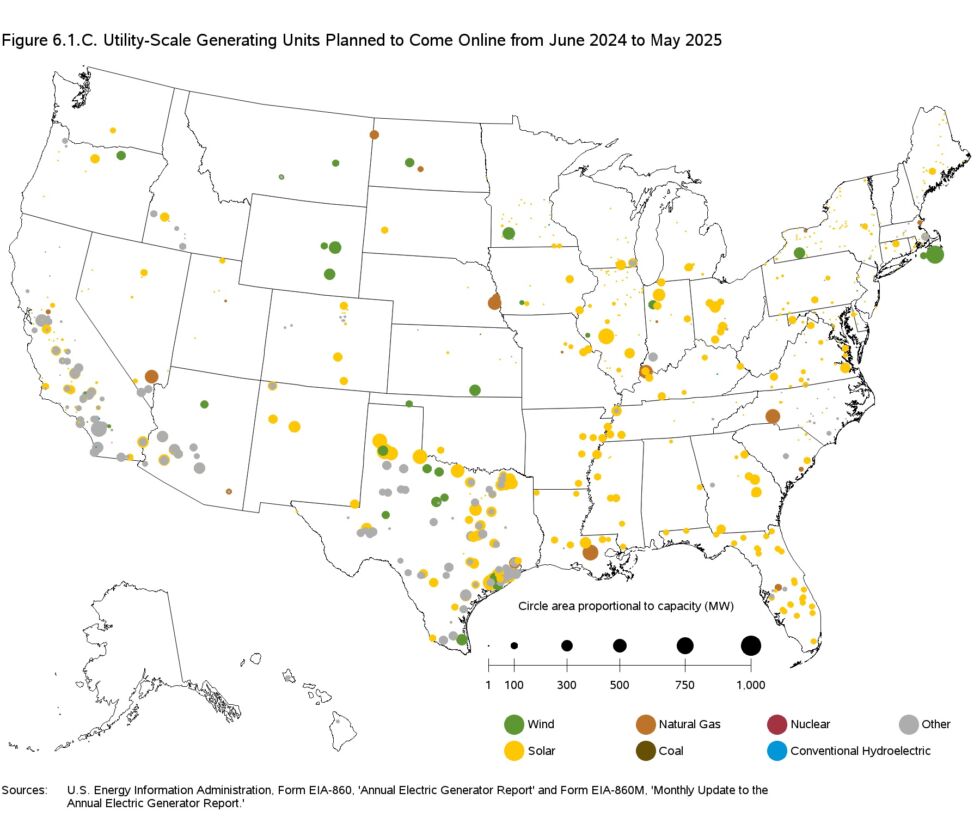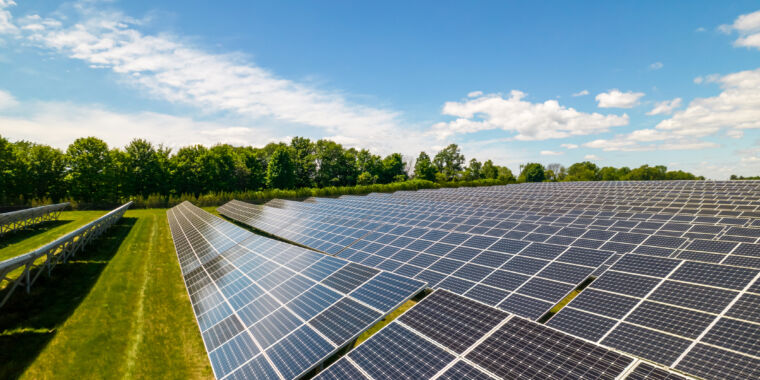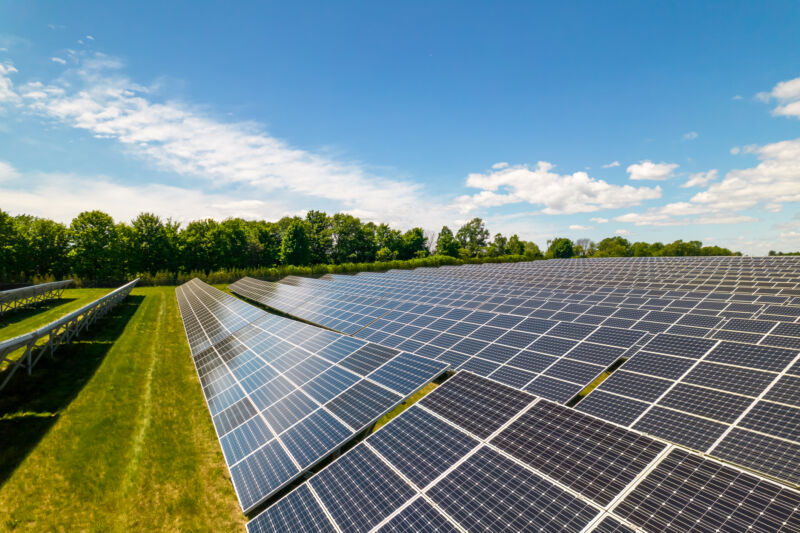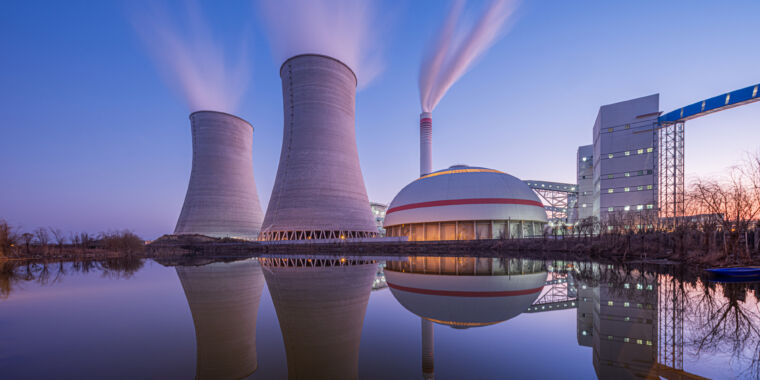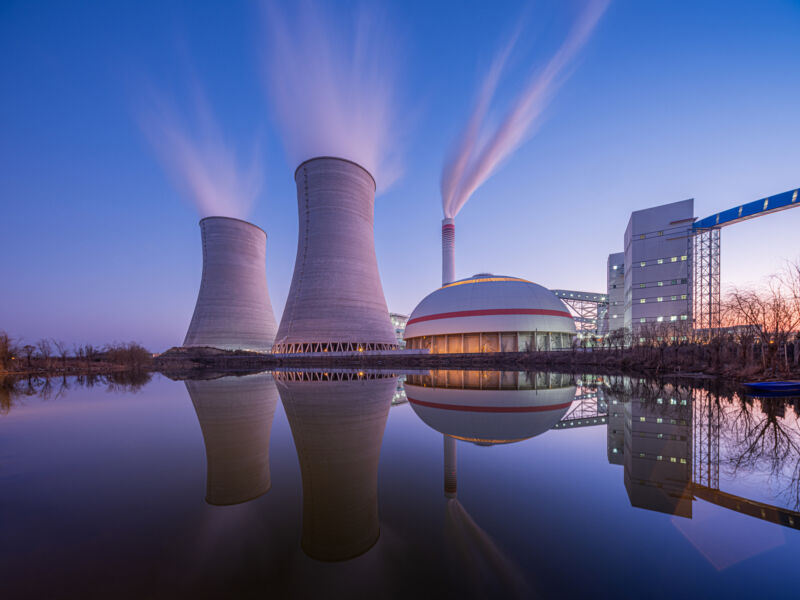Spain is about to face the challenge of a “black start”
Local conditions
While the grids in Spain and Portugal are connected to each other, they have limited connections to elsewhere. The only sources of external power to the grid come from France and Morocco, which are small connections, but they could be used to help black start some plants. Both blacked-out countries have significant hydropower, with Spain seeing it cover 10 percent of its demand and Portugal 25 percent. That’s useful because hydro plants need very little in the way of an external power supply to start operating.
Beyond that, both countries have invested heavily in renewables, with Portugal supplying about half of its power from wind and hydro, having closed its last coal plant in 2021. Spain receives about 40 percent of its power from renewables at present.
Solar is not an ideal power source for black-starting the grid, given that it’s unavailable for a significant chunk of the day. But solar panels produce direct current, with electronic systems matching it to the alternating current of the grid. With the right electronics, it can play a key role in keeping frequencies stable as grid segments are repowered. In productive areas, wind can provide black start power to other plants, and doesn’t need much external power to begin operations. It’s unclear, however, whether the local wind hardware is equipped for black starts, or if the local weather will cooperate (a quick check of the weather in various cities suggests it’s relatively calm there).
Batteries have the potential to be incredibly helpful, since they also provide direct current that can be converted to any frequency needed, and so used for both starting up power plants or for frequency stabilization as segments of the grid are brought back online. Unfortunately, neither country has installed much grid-scale battery hardware yet. That’s expected to change over the next few years in parallel with dramatically expanded solar power. But, at the moment, batteries will not be a huge help.
Regardless of how precisely the grid operators manage to handle this task in Spain and Portugal, they face a monumental challenge at the moment. If you’re seeing estimates of several days for the restoration of power, it’s because failing to meet this challenge will leave things back in the state they’re in now.
Spain is about to face the challenge of a “black start” Read More »


